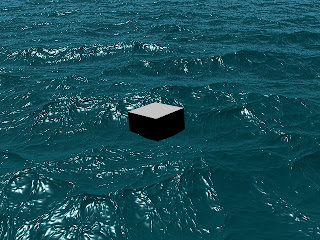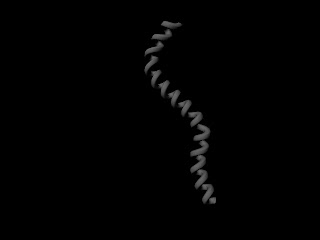E-LEARNING
- Does multi-tasking give you a real or false sense of having accomplished something?
Multi-tasking gives me a real sense to a certain extent.Multi tasking enables me to complete the amount of work quicker than if I were to do it one by one.However, multi-tasking also gives me a false sense in terms of focus and attention.Once I multi-task, I will lose focus in a particular work and start to lose focus in other work too. In addition, it will only lead to confusion as it requires me to go back and fro from the work that I am doing.Each and everyone of us does things differently.As for me, I prefer to complete one work first and then start on another.This is to ensure that I will not be confuse and focus to complete a work with quality.
- Is learning 3D and design different from learning programming, or is all learning the same?Why?
Learning 3D and design are different from learning programming and other modules.To me, 3D and design are something that I really quite enjoy as compared to programming and other modules.Learning 3D, design and drawing can be fun and enjoyable as we work with models,sketches,etc. But programming and others are modules that can be very complicating and tedious at times.Even if I encountered difficulties in 3D and designing, I am willing to explore and resolve the matter myself. For other modules, most of the time I will seek help from the lecturers or my peers.
- The article states that “Learning is actually a very complex operation for an individual”. Do you agree with this? Do you feel that you approach your learning in the best way – if yes, how, and if no, how can you change your work style?
I agree with the phrase "Learning is actually a very complex operation for an individual". The reason why is because,each of the individuals has to find the best styles for them to learn best. Therefore, the process of finding the best way in which an individual learn best is the challenge. For example, some learn best with diagrams,some learn best with notes and some, learn best with direct demonstrations. As for me, I still feel that I am not approaching my learning in the best way yet.I have to try various methods from now on to discover the best learning styles.Most of the time, I take down notes in my own words so that I will understand better. I still think that it is not enough for me to absorb the learning points as the noes that I've taken down are too dull and plain. I will try to improvise my learning style by taking down notes and draw diagrams with colours so that it motivates me to look at the notes more often and hence,study it.
- What are your thoughts about the last paragraph in the extract?
I agree with the extract saying that communication and the ability to communicate well with other team members are very important.We need to have communication skills in order to be successful. If one has lack of communication skills, the message that he/she is trying to convey could not be passed on and hence, miscommunication will occur.
- Should your lecturers also focus on your work attitude, or just leave you to sink or swim on your own? Why?
The lecturers should also focus on my work attitude instead of leaving me to sink or swim on my own.I thought so because work attitude is very important as it determine whether I am learning/understand what was taught or not. Each of the individuals learn best in different ways. But sometimes, I also think that it is good for us to be left on our own.Because we are matured enough to be independent and responsible for our own learning attitude.





















